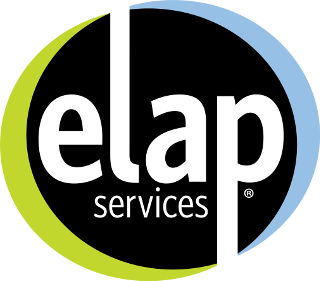Large employers currently pay about $500 more in healthcare costs per employee than they did just a year ago—money every company would love to have back. With healthcare costs increasing yearly, many HR departments are struggling to contain healthcare spending, which has become the largest cost to many companies outside of payroll.
The escalating healthcare costs not only cut into every budget, including HR’s, but also hurt the business’s benefits package—a vital offering in today’s tight labor market—and its ability to retain and recruit employees.
While decoding health care’s black box to lower costs might seem impossible or overwhelming, a reference-based pricing model can help self-insured businesses and HR professionals lower healthcare costs without reducing quality of coverage.
How Reference-Based Pricing Supports the Business
Reference-based pricing is a bottom-up approach to containing healthcare costs that offers price protection against variable and inflated charges. Based on the actual cost it takes to deliver a medical service or the Medicare reimbursement rate plus a reasonable profit, reference-based pricing enables businesses to audit and rein in costs. Under the right reference-based pricing model, employers can reduce their total healthcare costs by up to 30%, while employees pay less in out-of-pocket costs.
The model helps HR lift a burden off employees and the CFO. Its cost savings can be allocated back into the business, giving the CFO some breathing room, or into employees’ pockets, either directly or as funding for employee initiatives. Reference-based pricing has empowered companies to lower deductibles for members, raise contributions to employees’ 401(k) plans, increase year-end bonus pools for employees, and more.
By moving to this transparent healthcare model, HR enables employees, the heartbeat of every organization, to take back their health plans and provides them with the flexibility and transparency to go to any doctor or specialist they want. Because reference-based pricing isn’t tied to certain providers, there’s no in-network or out-of-network doctors.
Preparing for Reference-Based Pricing
Before implementing reference-based pricing, there are a few boxes to tick on the checklist.
Self-funded. The first is that reference-based pricing is for self-funded employers only. It’s best for companies with over 100 employees and as many as 3,000, but sometimes, companies with as few as 70 employees can take advantage of this payment model.
Cost-savings analysis. Determine how much reference-based pricing can save the company by conducting an analysis beforehand. These data can help convince the CFO and other stakeholders to support a move to the model.
Broker selection. It’s also important to identify a broker experienced in reference-based pricing. This person will be an important guide and asset for implementing the new model. For one, he or she will know all the right questions to ask to ensure that reference-based pricing is a fit for your company and understand the details related to forming your benefits package, including pharmacy, vision, dental, and more. With the right broker, you’ll have better control over which benefits you provide and for how much.
TPA partner. Another important partner to identify is a third-party administrator (TPA) that has experience administering reference-based pricing. The TPA will handle the claim logistics and ensure your employees have the support they need.
Stop-loss insurance. Lastly, to protect the plan and its members’ assets, select a stop-loss partner that understands the cost savings reference-based pricing provides and will extend coverage at appropriately reduced premiums. Your stop-loss insurance should minimize risk while optimizing the cost of coverage.
The Importance of Education in Reference-Based Pricing
Like many HR initiatives, employee education is key to the successful adoption of reference-based pricing. This isn’t just teaching employees about their new plan—it’s also about educating them on how the healthcare system stands today and how they can be smart healthcare consumers. Reference-based pricing addresses these issues, and an understanding of that helps employee adoption.
Education also helps combat negative impressions of reference-based pricing. A reference-based pricing model gives employees the flexibility to go to any doctor or facility while saving them money on health care.
Another misconception about reference-based pricing is that because hospitals are receiving a reduced payment, it’s more common to be billed for the difference, but even with a large healthcare provider, you still receive “balance bills” or “surprise bills.” The difference is how unexpected charges are managed. A good reference-based pricing solution provider will have a methodology for addressing balance bills that provides personalized support and advocacy for members.
Becoming the ‘White Knight’
HR often struggles to be appreciated as a function that directly contributes to revenue. Instead, we’re depicted as the department that always spends.
But reference-based pricing presents an opportunity to positively influence our company’s bottom line and put money back into employees’ pockets. By introducing an innovative solution that addresses high healthcare costs and advocates for employees, HR becomes a problem-solver.
As healthcare costs continue rising with no end in sight, reference-based pricing offers a cost-saving solution with far-reaching benefits. It’s worth a closer look.
Posted to: HR Daily Advisor, 8/30/2019, https://bit.ly/2lwEIP6
Blog
Explore the latest insights, articles and thought leadership from the health insurance experts at ELAP Services.








